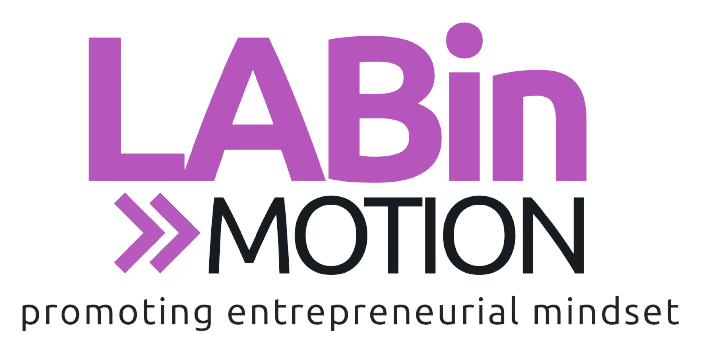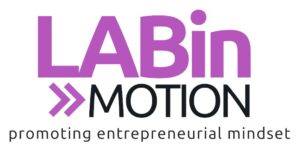Running our own business, no doubt, has many advantages, but the level of planning and managerial work involved in it can drain out even the most passionate entrepreneur. While proper planning is crucial for your startup, you don’t want to spend weeks drafting a lengthy business plan. Traditional planning tools are rarely of much benefit, especially when you are still formulating your thoughts and trying to give your tentative business idea a definite shape and structure. This is where the business model canvas can prove to be of immense help. This short and simple, one-page planning technique can help you streamline your business concept in no time.
Here, we explain what the business model canvas and how startup owners can use it to their best advantage.
What Is the Business Model Canvas?
In its most rudimentary form, a business model canvas is simply a business plan that describes how you hope to make money. It defines who your target audience is, what you wish to deliver to them, and how you will go about it [1].
In other words, the business model canvas is a simple and easy-to-use strategic management tool. Just like its more elaborate counterpart that spans across numerous pages, this business plan also allows you to visualize your business idea and assess its profitability. The only difference is that it makes evaluating the core aspects of the business way more simple and straightforward.
This one-page plan is divided into nine boxes. Each box represents a fundamental element of successful business operations. The nine elements are:
- Customer segments
- Customer relationships
- Distribution channels
- Revenue stream
- Value proposition
- Key partners
- Key activities
- Key resources
- Cost structure
The external factors (customer-centric and market-related elements) are arranged on the right side of the canvas, whereas the internal factors (i.e., business aspects under your control), are arranged on the left. The center box is ‘value propositions.’ It defines how the factors on either side combine to provide value to both the customers and the business organization.
The business model canvas was initially proposed by a Swiss business theorist, Alexander Osterwalder, in 2005. Since the first release, different versions of the canvas have been developed for specific niches. However, the basic structure of the model remains the same.
Do You Need a Business Model Canvas?
Any business, big or small, that wants to ensure sustained growth must have a strategy for improving its competing skill. Business operations and upward movement become faster when the core elements are managed properly [2].
You might not necessarily need a business model canvas – but you do need a structured business plan. And when it comes to creating an initial plan or business proposition, this one-page canvas provides an efficient way to draft a comprehensive one.
The business model canvas is an effective planning tool because it does not contain any unnecessary details like a conventional business plan. It is visual in nature, meaning it is easy to read and interpret it. Your team members, business partners, and other stakeholders can also provide input and edit the plan if required. Since the canvas outlines the relationship between the enterprise and your clients, it helps in identifying strategies to strengthen the ties for lasting success.
It’s interesting to note that the business model canvas can be used as a template for brainstorming or a complete plan defining your business motives.
Using the Business Model Canvas
To bring your idea to life using the business model canvas, it’s essential to understand what each section of the plan requires.
1. Customer Segments
Customer segment defines the specific group of people you are targeting. To fill in this part, you should create a buyer’s persona. A persona is a brief description of your ideal customer. It highlights their motivation, needs, or problem that your business aims to address.
2. Customer Relationships
This defines how the business will interact with its customers. Will you be meeting with them in person? If it’s a purely online business, how will you ensure engagement? And how will you address customer queries (phone, email, text messages, etc.)?
3. Distribution Channels
From word-of-mouth to email marketing to social media advertisement and more, businesses have various ways to communicate with their target audience. To identify which channel will work best for you, focus on where your customers are. For instance, if you wish to sell to millennials, it will be best to use an online medium. But if you are marketing to retirees, it may be better to consider a newspaper advertisement.
4. Value Proposition
This explains the value that you plan to deliver to each customer segment. The problem you are solving for your potential customers is the value proposition of your business. Filling in this section is easy if you understand your buyer persona well.
5. Revenue Stream
When you convert your value proposition into a financial gain, you create a revenue stream. The different revenue models include pay per product, fixed-rate service fees, subscription charges, dividends, freemium, and so on.
6. Key Partners
Key partners refer to the third-party suppliers or external companies that will help you in performing your key activities. It can also include strategic alliances and partnerships.
7. Key Activities
Here, you need to specify the main actions your business will take to achieve the value proposition. The three main categories within this section include production, problem-solving, and networking.
8. Key Resources
These are the main inputs you require to perform the key activities. The resources you need can be divided into four categories: human (employees, vendors, etc.), financial (cash, loans, etc.), intellectual (logo, patents, copyright, etc.), and physical (hard assets, inventory, workspace).
9. Cost Structure
In cost structure, you need to list down the fixed as well as running costs you are likely to incur. No matter what your main goal is, cost-efficiency is something you should prioritize from the beginning.
Key Takeaway
You might be familiar with the old adage that people don’t plan to fail; they fail to plan.
The same holds true for business entities as well. When creating your startup, it’s essential that you carefully lay everything out. Simple yet effective planning tools like the business model canvas can help you structure and assess your big business idea. So, make sure to use it to your advantage.
References:





